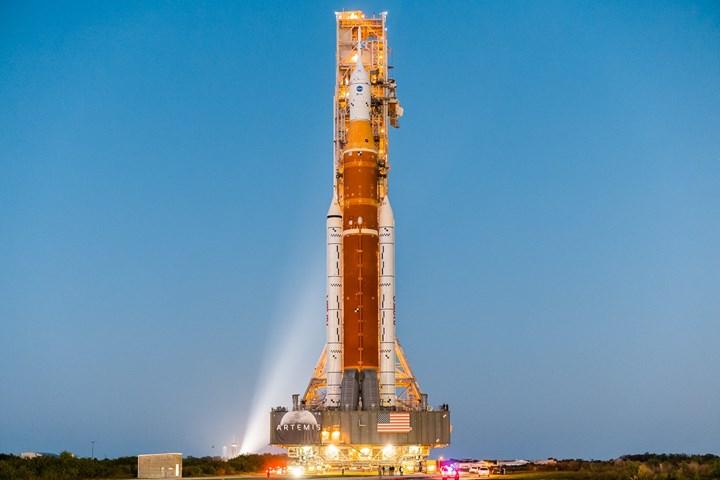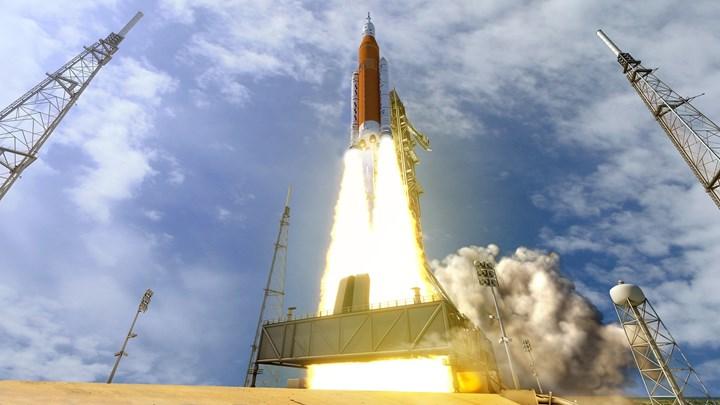 NASA’s Space Launch System (SLS) rocket, designed to take astronauts to the Moon, is over budget and far behind its original schedule, according to a new audit by the NASA Inspector General. The report also foresees “additional cost and schedule change” that could jeopardize the entire Artemis mission if the issues are not resolved.
NASA’s Space Launch System (SLS) rocket, designed to take astronauts to the Moon, is over budget and far behind its original schedule, according to a new audit by the NASA Inspector General. The report also foresees “additional cost and schedule change” that could jeopardize the entire Artemis mission if the issues are not resolved.Manned Moon voyage could be compromised
NASA spending on the Artemis Lunar Program is expected to reach $93 billion by 2025, including $23.8 billion spent on the SLS system by 2022. That amount represents “$6 billion in cost increases and more than six years of program delays above NASA’s original estimates,” according to the report.
Finally launched in November 2022, the SLS uses four RS-25 engines per launch, 16 of which have been recovered from retired spacecraft. Once these engines are depleted (all engines in the SLS are expendable), NASA will switch to RS-25E engines built by Aerojet Rocketdyne, which are expected to be 30 percent cheaper and 11 percent more powerful. Solid rocket propellants supplied by Northrop Grumman will also be used.
Costs not as expected
 On the other hand, legacy technology is not helping the budget as NASA expected. NASA wanted to cut costs by using legacy technologies. However, the complexity of developing, updating and integrating new systems with legacy components proved to be much more than expected. For example, only 5 of the 16 engine adaptations have been completed, and scope and cost increases have also affected the propellant contract.
On the other hand, legacy technology is not helping the budget as NASA expected. NASA wanted to cut costs by using legacy technologies. However, the complexity of developing, updating and integrating new systems with legacy components proved to be much more than expected. For example, only 5 of the 16 engine adaptations have been completed, and scope and cost increases have also affected the propellant contract.The Artemis lunar mission project was based on the Constellation program, which was first launched in 2005 and aimed to go to the Moon and eventually Mars by 2020. This project was canceled by the Obama administration in 2010 and the government faced criticism. However, the 2010 NASA Authorization Act, passed that same year, mandated the construction of the SLS and the reuse of existing technology, contracts, and workforce at Constellation. It also required partnerships with private space companies. For example, SpaceX is developing its own Starship rocket system capable of carrying astronauts to the Moon and Mars.